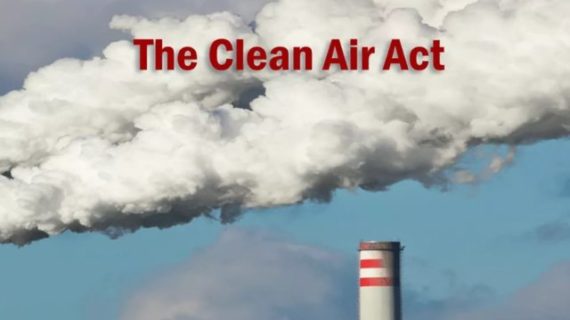The air that we breathe is essential to maintain life, and low quality, polluted air can pose a serious risk on both the environment and on public health.
The aim of the Clean Air Act is to monitor safety levels of airborne pollutants, and to initiate regulations and controls to protect the air from dangerous levels of pollution.
The Clean Air Act program is overseen by the Environmental Protection Agency, and it is the Agency’s responsibility to monitor air quality standards as well as implement the necessary regulations to minimise air pollution.
The original Clean Air Act of 1977 was designed to reduce the levels and risks of air pollution, such as ozone, carbon monoxide and particulate matter.
The Act was amended in 1990 in order to make it more comprehensive and more protective. However, even now there are millions of people living in areas that have higher contamination levels than is deemed standard.
There are many contributory factors to air pollution, such as:
- Chemical plants
- Car and motoring emissions
- Paints
- Gas stations
- Industrial production and waste
As industry continues to grow, and more and more cars take to the road, the job of the Clean Air Act will become harder.
This means that additional considerations are going to have to be taken in to account in federal statutes in order to maintain safe levels of air pollution.






